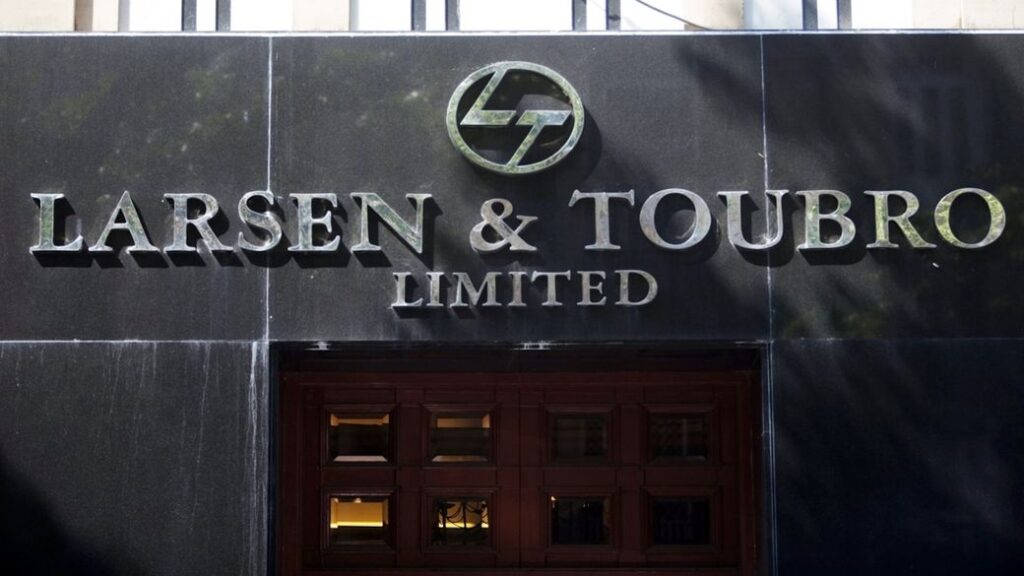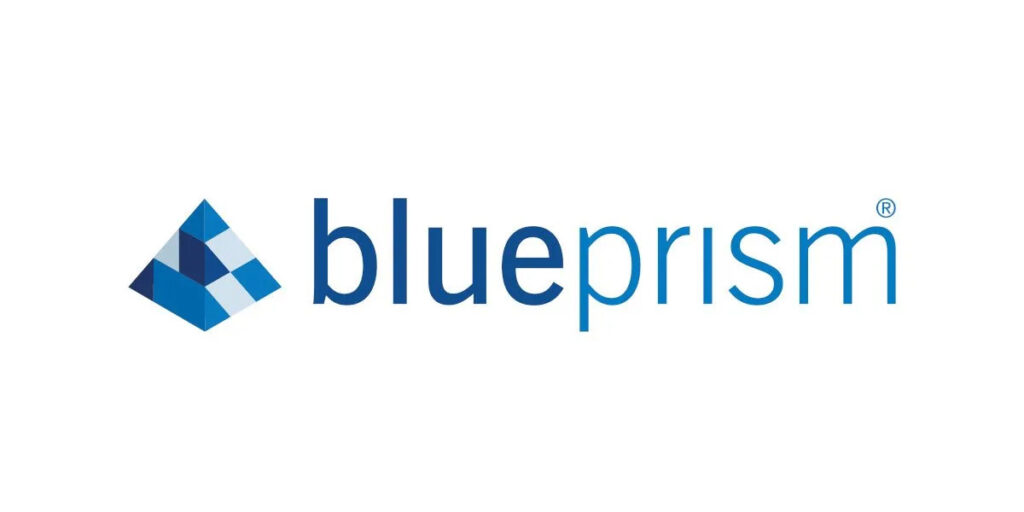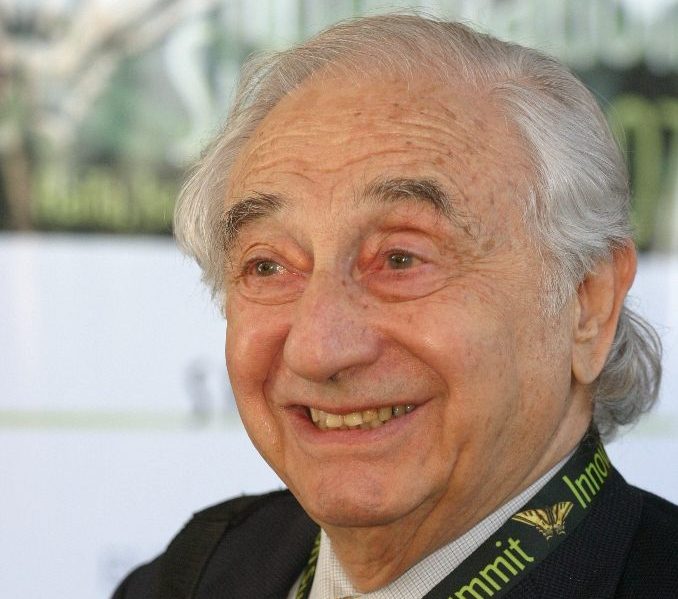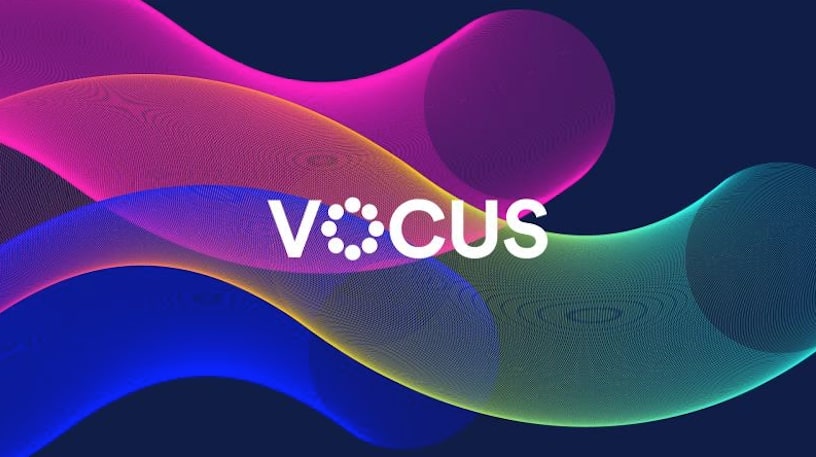Larsen & Toubro, Started With Dairy Equipment To Leading Indian Multinational Corporation.
Founded in 1946, Larsen & Toubro is a market leader in almost every industry. The conglomerate has achieved and maintained leadership in its primary business sectors for more than eight decades due to a robust, customer-focused strategy and a never-ending pursuit of world-class quality.
About the Company
Larsen & Toubro, also known as L&T, is a leading Indian multinational corporation with business operations in various industries like construction, engineering, technology, manufacturing, financial services, and information technology. L&T is ranked among the top five construction firms worldwide. The company is headquartered in Mumbai, India. L&T Group consists of 118 subsidiaries, 25 joint ventures, six associates, and 35 joint operations corporations. The company is listed on the NSE and BSE. In 2022, it had a revenue of over $20 billion. It serves clients from various industries in more than 50 countries.
History
In 1938, Henning Larsen and Soren Toubro, two Danish engineers, formed a company in Bombay. The company started as a business that imported and sold Danish dairy equipment. Unfortunately, import limitations that came into effect after Germany invaded Denmark in 1940 severely hurt the company’s business. Despite their difficulties, the pair decided to stay in India and establish a local workshop to provide services and technical work. During World War II, they discovered a profitable commercial opportunity to construct and repair ships. As a result, Larsen & Toubro was founded. In 1940, the company received its first significant order to build a soda ash facility/plant for the Tata Group. The calibre of service and prompt service of L&T delighted numerous national and international businesses. They started working with lots of foreign players. Gradually, L&T also became a representative of various British equipment manufacturers for producing soaps, glass, hydrogenated oils, etc. In 1945, the company made a deal with the US-based Caterpillar Tractor to market earth-moving machinery.
In 1946, L&T was incorporated, and it established offices in Madras, Calcutta, and New Delhi. In 1950, it went public and became a listed company. The company was selected as a contractor for constructing nuclear reactors in 1965. L&T was invited by Dr. Homi Bhabha, the Atomic Energy Commission’s (AEC) chairman at the time, to provide vital parts for atomic reactors in the 1950s. L&T began to obtain major projects from the ISRO in the 1970s and 1980s. In order to design weapon and missile systems, it also collaborated with DRDO.

Operations
L&T is also a top supplier of design-to-delivery services for India’s defence industry. It builds underground facilities, military installations, and storage facilities. Additionally, L&T provides a selection of defence-related vessels, such as warships, submarines, support vessels, and unique naval platforms. An important participant in India’s Public-Private Partnership (PPP) initiatives is L&T Infrastructure Development Projects Ltd. It has finished significant projects in several important industries, including renewable energy, transmission and distribution lines, ports, water supply, etc. The world’s largest metro project under PPP form is the L&T Metro Rail in Hyderabad. It extends over three corridors for 69.2 kilometers.
Founders – Henning Holck-Larsen, Søren Kristian Toubro
Henning Holck-Larsen and Soren Kristian Toubro, two Danish engineers, established L&T in Bombay in 1938. They were equally dedicated to enhancing India’s engineering capacity to fulfill market demands. Danish classmates Henning Larsen and Soren Toubro, who were studying India in history classes, perhaps never imagined that they would one day write the history of that auspicious country. The two companions made the decision to leave the conveniences of living in Europe in 1938 and launch their own business in India instead.
CEO – S N Subrahmanyan
S N Subrahmanyan is the CEO and Managing Director of Larsen & Toubro. He has been serving as the company’s CEO since 2017. In 1984, he started working with Larsen & Toubro’s ECC Division. He has an MBA from Symbiosis, Pune and also attended London Business School.

I am a law graduate from NLU Lucknow. I have a flair for creative writing and hence in my free time work as a freelance content writer.




